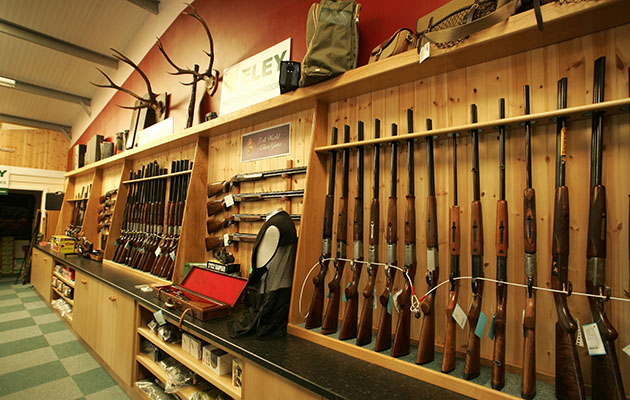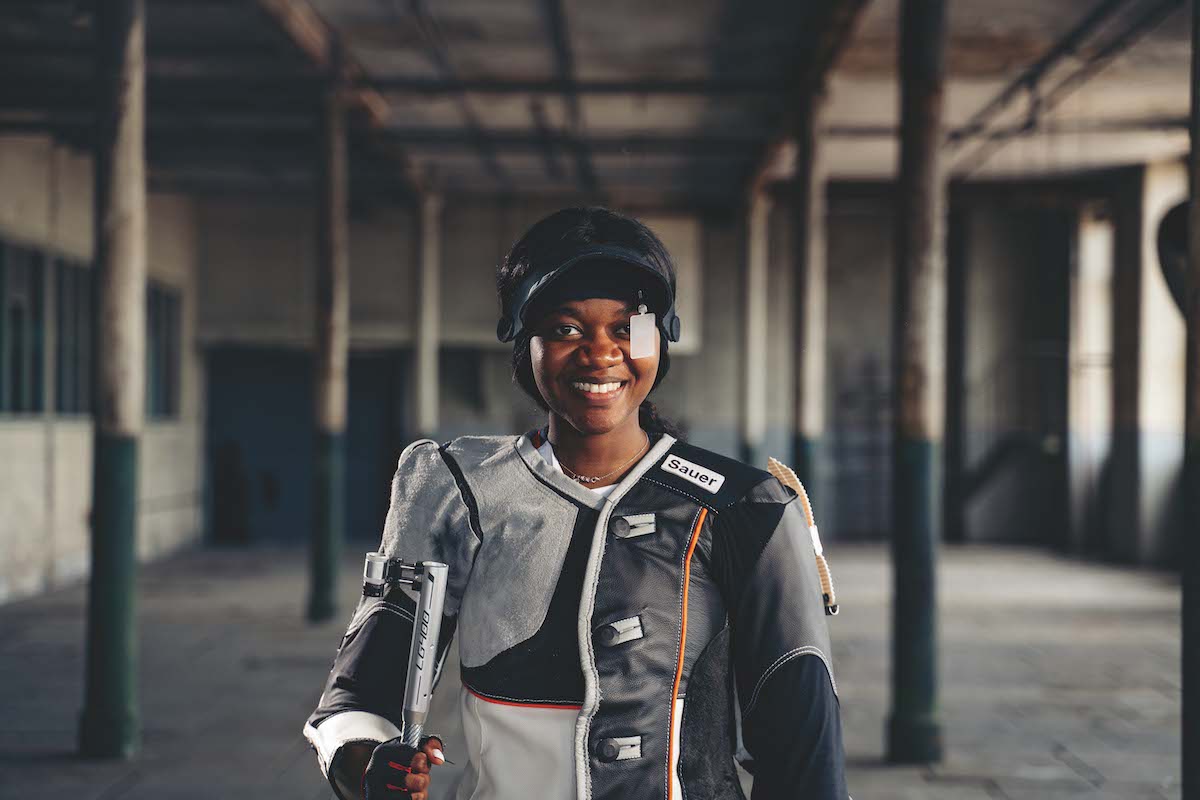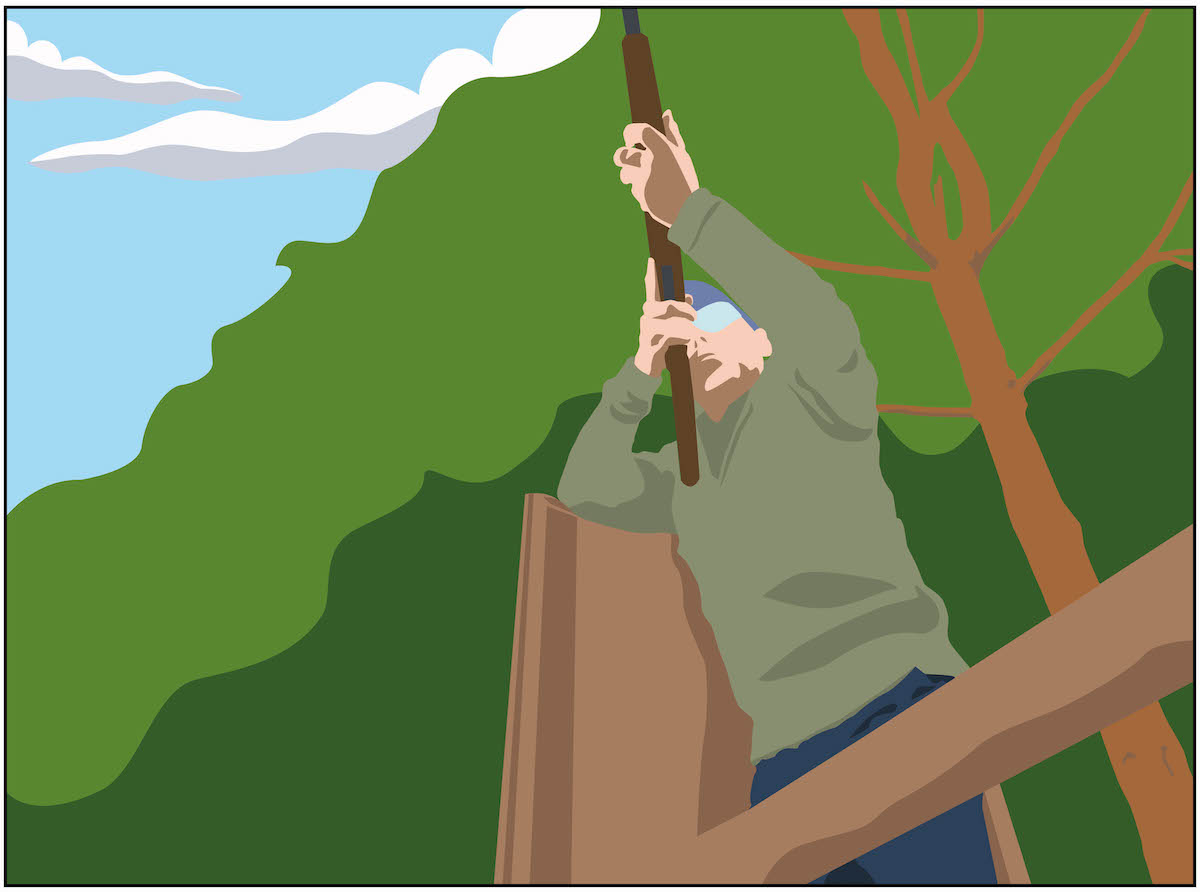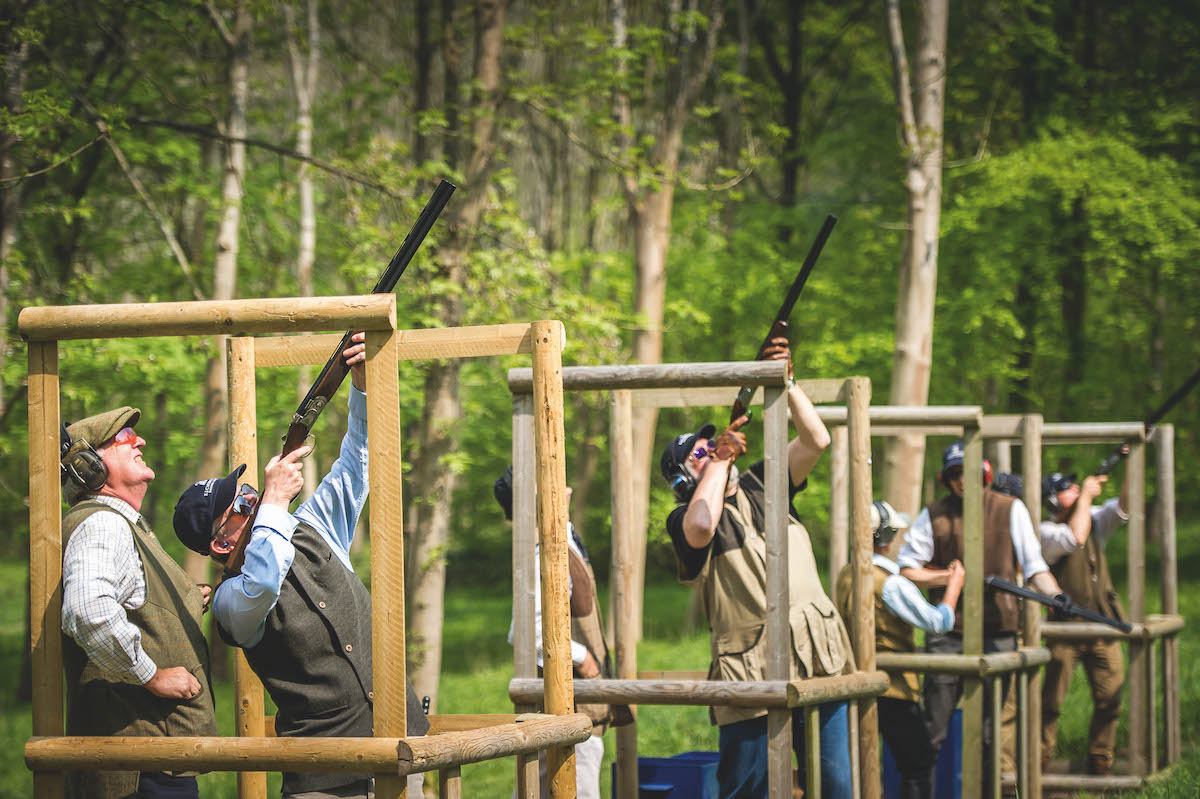Buying a first shotgun – how to get the best for you
Are you thinking about putting your finger on the trigger of your own gun for the first time? Dr Malcolm Plant tells you want you need to know

Any busy shooting coach will see a continuous stream of newcomers to clayshooting or gameshooting coming through his ground. Having enjoyed their encounters with moving targets, they’re now thinking of buying a first shotgun of their own
I have met newcomers aged 12, 22 or even 72, all asking: “What should I buy?”
Multi-purpose
At this early stage of shotgun ownership, a shooting career will almost certainly develop and blossom in a number of different ways.
- It might lead the newcomer into competitive clayshooting
- The delights of driven partridges over rolling high chalk downlands.
- The challenges of mastering crop-protection pigeon decoying to help local farmers
Who knows where a beginner might end up at this stage?
So “flexibility of use” and “multi- purpose” are the terms to think about. Newcomers can now try all shotgun disciplines with the same gun for all activities.

The Beretta Silver Pigeon is a popular first choice
How much for a first gun?
You don’t need to spend too much money on a first purchase. Because your shooting style and technique is still embryonic and you still don’t know where your shooting career will take you, £500 to £1,000 will get you a very serviceable first shotgun, either second-hand or, indeed, new.
The generic type of gun should be what clayshooters call a “Sporter” or the live target shooters call a “game gun”. These are essentially the same thing with one or two minor differences.
The differences and similarities between Sporter and Game Guns
Similarities
- When you mount both types of gun comfortably to your cheek and eye, your line of sight along the top rib of the shotgun should just graze the rib.
- You are not looking at the opening lever at the back of gun’s action, with your eye too low, and neither can you see much of the top rib stretching away like a straight footpath. You should just be able to see all of the front sight.
- In other words, with the gun correctly mounted in this position, the gun is pointing where you are looking. You only need to look where you want to shoot and you will hit the target.
- The point of balance of the gun should be close to the hinge-pin at which the gun barrel opens from the action. Why here? Because with your trigger hand on the stock grip, your index finger on the trigger and your other hand in the middle of the fore-end the centre of gravity of the gun will be half way between both hands. This is the ideal grip to comfortably manoeuvre a gun to cope with the large variety of Sporting clay or game birds you are going to come up against.
Over 150 years, shotgun shooters have decided that this is the formula for successful and flexible performance.

The principle differences between game guns and sporters involve safety catches and weight

Differences
- In general, game guns are made somewhat lighter than clay guns, as they are designed to be carried all day, sometimes over longish distances. However, clay guns are often heavier to accommodate more concentrated activity, on a shooting ground over shorter periods of time, to minimise the effects of recoil.
- The lighter game gun may have implications for the choice of shot load in the cartridge for individuals, who are more aware of recoil.
- The safety catch on a game gun is normally set to move automatically to safe when the shotgun is opened for reloading; the catch thus needs to be reset to fire the next cartridge.
- On a clay gun, the safety catch remains in the fire position until put safe manually; the reason for this is that, in competition, failure to fire due to an incorrectly set catch is deemed to be “operator error”, which results in the target being declared a miss.
- On many brands of gun, it is possible to adjust the mechanism internally to give either type of safety catch operation; a gunsmith can do this for you quite easily.
- The only safe gun is an open and empty gun. On most guns, safety catch is a misnomer, as all the catch does is prevent the trigger from being pulled; it does not prevent the internal firing hammers from falling on the firing pins if the gun is dropped or jarred.
Which gun for you?
Side-by-side or over-and-under? I’ll go for an over-and-under every time.
Most people find them easier to use, principally because there is a much narrower sighting plane down the single top barrel. And most of them just have a single trigger to cope with.
There is no doubt that there are many competent shots who use side-by-sides, but for the newcomer’s first gun? Over-and-unders first, last and always. Oh, and get a multi-choke version to make sure of versatility across the different branches of shooting.
What else?
Pay attention to your physical size and strength when buying a first shotgun, and therefore possibly, your age. How much weight can you manoeuvre comfortably? It’s not a silly question because it actually helps determine the right choice, be it a .410 gun for a 10 year old, to a 28-bore for early to mid- teenagers, and some slightly built ladies.
The 28-bore with something like a 13in stock (or even shorter) is a very useful shotgun. In terms of cartridge shot load and range, it has true shotgun capability for youngsters – a junior can learn everything they need to know about shooting moving targets consistently, at a variety of ranges, with a 28-bore. And as they grow, the stock extender pad and cartridge load can be adjusted in size.
From there we can move, for stronger and larger individuals, to 20-bore and 12-bore guns that are capable of any challenge in the right hands.
Remember that the length of the barrel of a gun is an important weight factor and therefore an important handling characteristic. A 12-bore with short barrels can handle like a 20-bore with long barrels in terms of manoeuverability.
20 of the best shotguns for under £1000
Finding a gun at the right price can be tough. We’ve listed 20 shotguns for under £1000 here that we…
Buying your first shotgun: here’s how to make the right choice
It’s never too soon to start looking at guns with a view to buying your first and any dealer will…
What make of gun?
Any of the European large producers can provide something that will do the job. If the gun is from a well-known maker it will be easier to resell, if you want to move to a different gun later.
But do try a range of makes, as they all have slightly differing fit and handling characteristics.
If your chosen gun has a fairly standard stock length, but it’s too long for you, it is quite easy to shorten the stock, in competent hands.
Make sure the gunsmith keeps the removed woodwork to offer to any future buyer. And always remember: it is preferable to remove too much stock length, rather than too little. This makes the shortened gun much more flexible for future use, by adding stock extenders, rather than someone having to hack off another piece of stock, should the gun still prove too long for another beginner.
This makes the gun more easily re-convertible to its original condition and more re-saleable.











